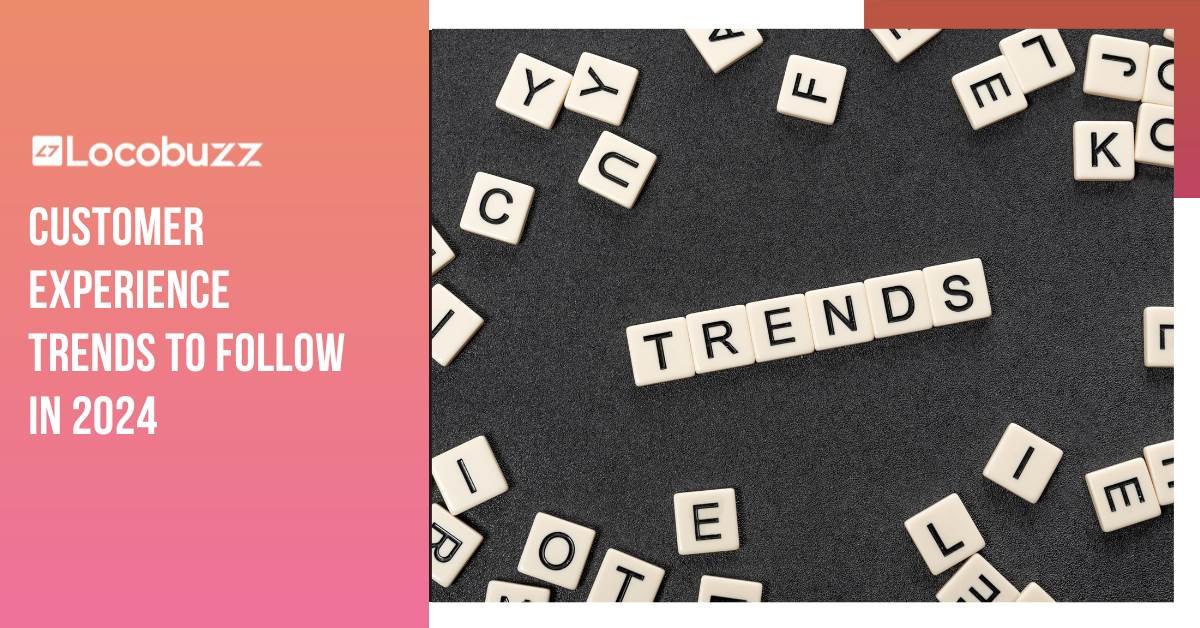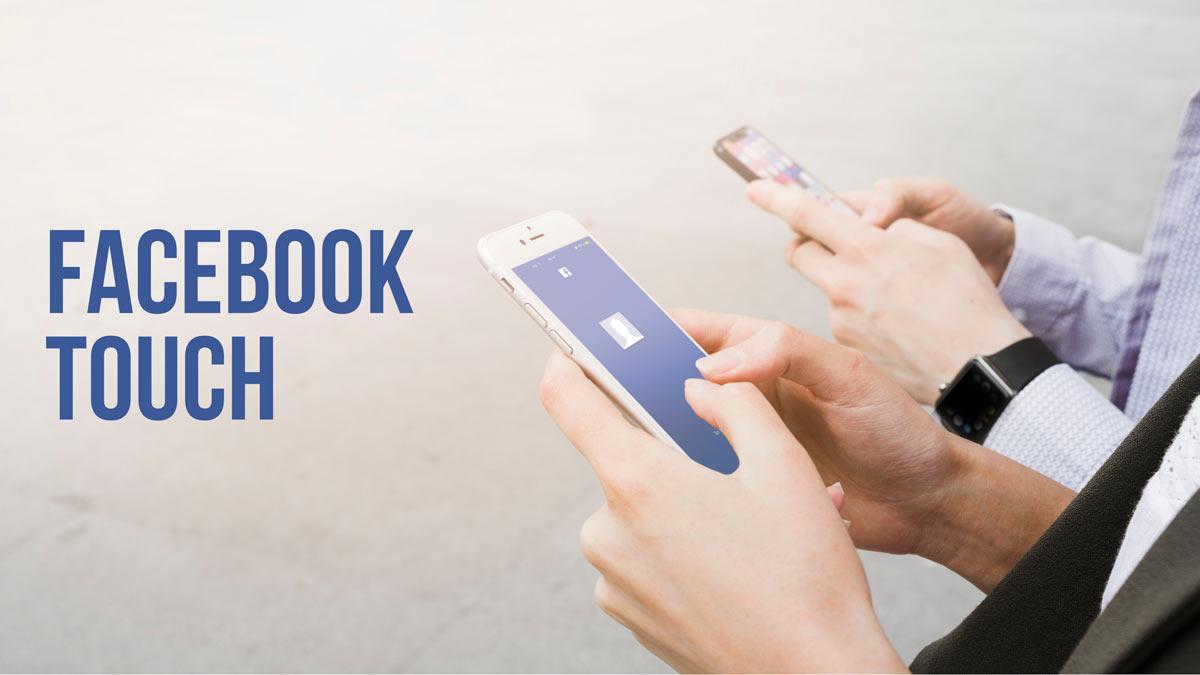How To Preserve Customer Experience During Covid-19
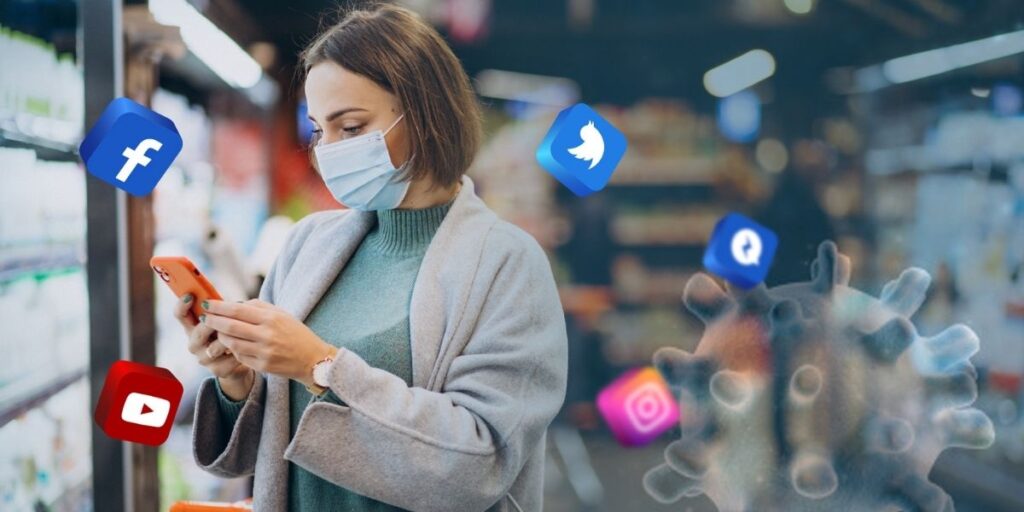
Table of Contents
Customer experience during covid
2020 challenged all businesses; B2B and B2C alike. The question is, how can Artificial Intelligence and Big Data create a seamless Customer Experience (CX) during a pandemic?
Starting in 2020, people moved online at grand volumes. COVID-19 did a proper number on brands in retail, e-commerce, and SaaS platforms. The pandemic presented the necessary opportunity to redefine Customer Experience.
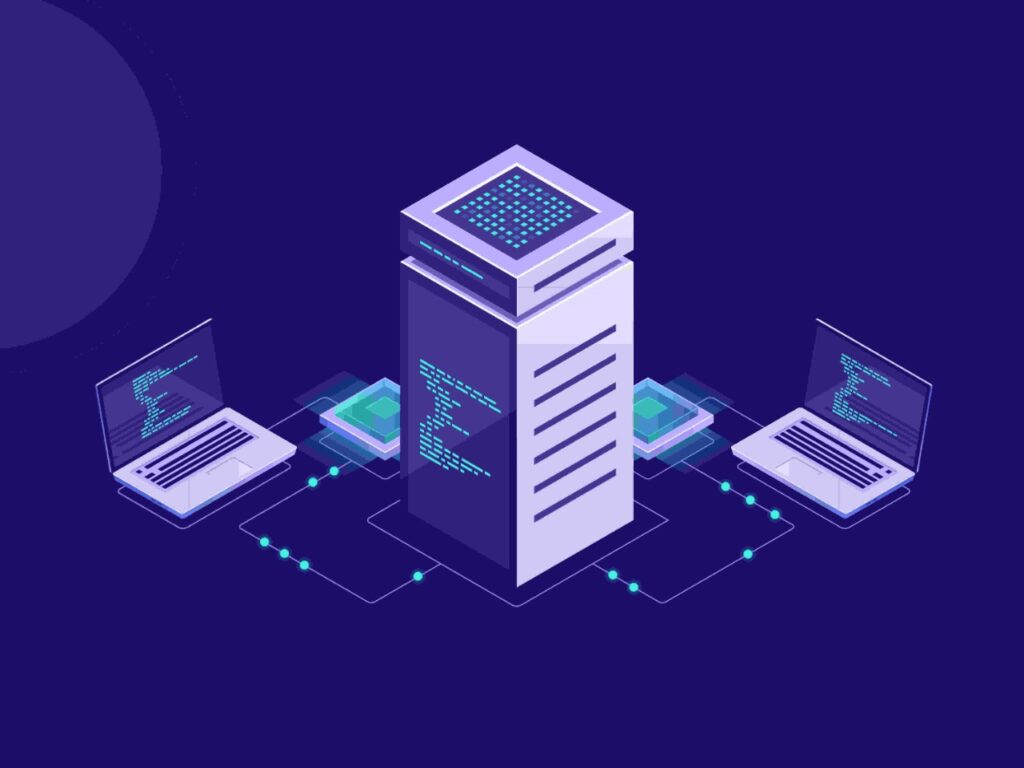
Global quarantine led to a paramount shift in the way people interact with brands. The rapid shift in consumption and buying behavior saw customers turn to less familiar brands. So, how can CX, Big Data, and Analytics shine a light on the way forward?
The need of the hour
The need of the hour is immediate and meaningful communication. Brands have already moved Customer Support online to address a surge of emails, calls, and website queries. The use of Big Data should help brands focus on asking open-ended questions to understand what people truly feel. This will lead to actionable insights and tighter metrics to establish the strategic brand movement.
Surely enough, customer retention is key. Response management systems help focus on immediate communication with customers regularly. If crisis-made insights teach us anything, it’s that brands should focus on making customers want to repurchase. If a customer does that, it assures loyalty as opposed to long-term data insights that may fail to build trust. Additionally, nothing is more effective than a strong NPS system that allows brands to learn, upgrade and respond.

Messaging apps are seeing a high volume of interaction as people use chat services to communicate. Globally, WhatsApp has seen a 40% increase in usage from 27% before Mar 24, 2020, as per Techcrunch. This is fueling a rapid transformation of CX as many brands leverage the cost-effectiveness of chat services such as Whatsapp to provide customer satisfaction.
Also Read: Effective Online Reputation Management During COVID
Currently, quarantine has resulted in an exponential growth in downloads of video calling apps like Zoom. As of March 19, 2020, Zoom’s net worth is higher than Uber’s at 29 million dollars which is also more than American Airlines and United Airlines! While it looks like Zoom may last a while, apps like Houseparty were short-lived but not without making their mark. Two weeks ago, Houseparty was the 1,450th most popular app on the app store. In April 2020, it was the most popular app. Of course, privacy concerns made it too good to be true but didn’t change the purpose it served to disclose customer behavior online.
The challenges ahead
Many of these emerging changes present brands with challenges in supporting the growth of volume. Amazon hired 10,000 temporary workers to handle online customer demands. For those who cannot invest on the same scale, automation is a wonderful and cost-effective alternative.
Chatbots have already increased vastly as people adapt to crises and form new habits. The dependency on automation for client retention will be here to stay long after the pandemic has passed.
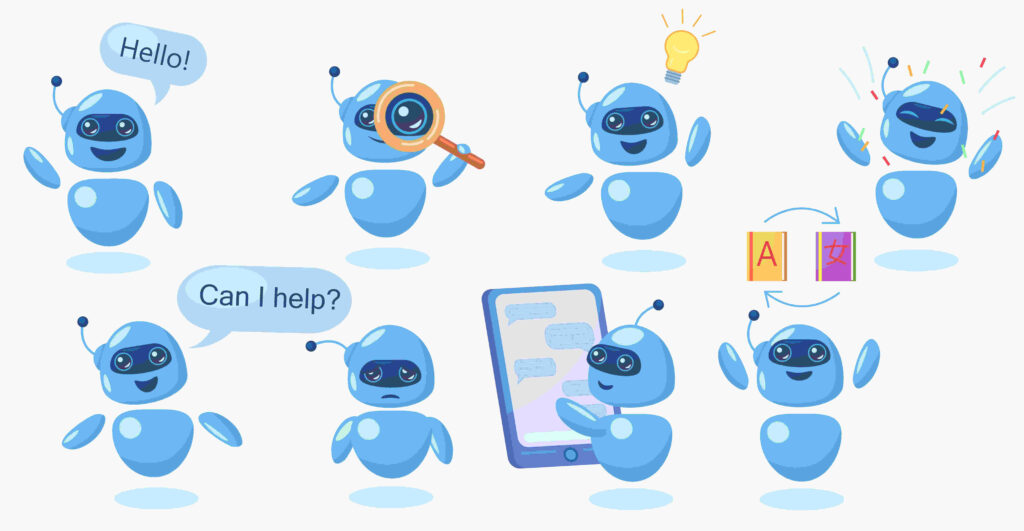
A B2B brand would operate differently. Think about the pharmaceutical industry–an industry that traditionally thrives on on-field sales. Under current circumstances, a pharma brand would do well to integrate their CRM software with their sales teams and work remotely. This is a perfect opportunity for brands to cater to online communities or interest groups as many users are exposed to content they don’t usually consume. CRM algorithms are designed to search for potential customers looking for a switch.
The time is now
Now’s the opportunity for brands to move online and teach customers to engage with their business. Nothing prevails retention and satisfaction in times of crisis such as real-time and relevant information. Whether it is to provide discounts or to highlight products and services that can help customers get through the COVID-19 crisis, brands will benefit from simple and effective communication.
Also Read: The Power of User Generated Content in the Age of COVID
COVID-19 has brought upon an opportunity for brands to connect with people on a more human level now. It’s an opportunity where brands can help users understand what the crisis has changed and, by extension, what has changed for them.
Amidst a crisis, brands need to utilize the strengths of Big Data and Analytics to gather insights and build an ecosystem for changing customer behaviors and market conditions to co-exist.

